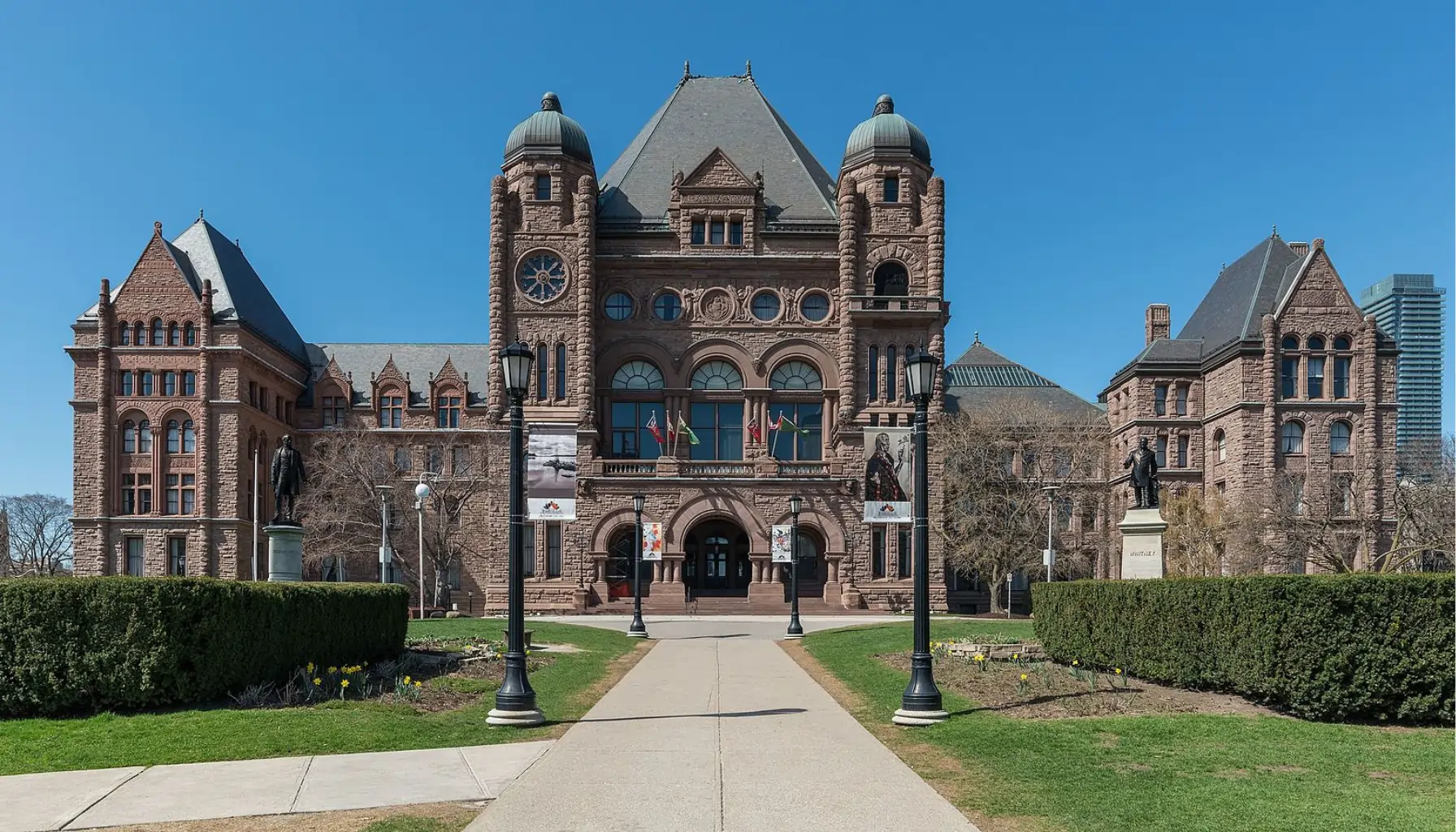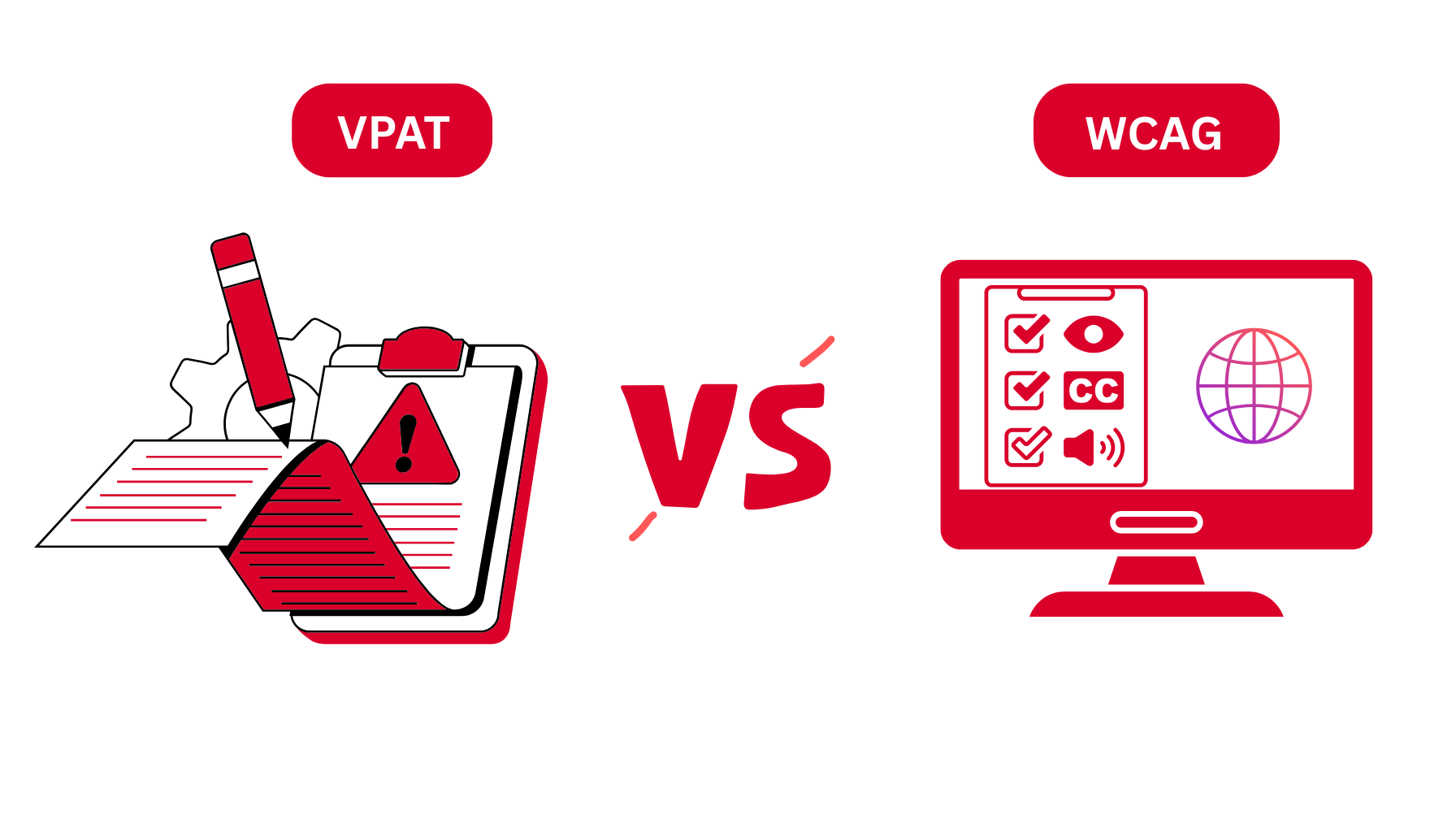Ensuring web accessibility is crucial for making digital content inclusive, and one of the most fundamental aspects is writing effective ALT text (alternative text) for images. ALT text serves two primary purposes:
- It helps visually impaired users by describing images for screen readers, improving accessibility compliance (WCAG 2.2, AODA, and ACA).
- It enhances SEO by providing search engines with relevant context about an image, improving website visibility.
However, writing good ALT text requires following best practices to ensure descriptions are concise, meaningful, and useful.
In this guide, we’ll cover ALT text best practices, including how long ALT text should be when to use empty ALT text, and common mistakes to avoid.
What is ALT Text?
ALT text (alternative text) is a written description of an image that helps screen readers convey its meaning to users with visual impairments. For instance, if you have an image of a beautiful sunset over a mountain range, good alt text might be: “A breathtaking view of the sun setting behind a mountain range, with the sky painted in hues of orange, pink, and purple”.
This text is placed in an image’s HTML code using the alt attribute.
<imgsrc="path_to_image.jpg"alt="A breathtaking view of the sun setting behind a mountain range, with the sky painted in hues of orange, pink, and purple.">
Why ALT Text Matters for Web Accessibility
- Essential for visually impaired users: Screen readers rely on descriptive ALT text to communicate image content.
- Compliance with accessibility laws: AODA, ACA, and WCAG 2.2 require accessible images to ensure an inclusive user experience.
- SEO benefits: Search engines use ALT text to index images properly, improving search rankings.
Without proper ALT text, users with disabilities miss out on critical information, and websites risk non-compliance penalties.
ALT Text Best Practices for Web Accessibility
Ensuring your images have descriptive and meaningful alt text is essential for creating an accessible web experience. Alt text helps screen readers convey visual content to users with visual impairments, enhancing both usability and SEO. Here are some best practices to follow when writing alt text for web accessibility.
Be Descriptive and Concise
ALT text should describe the image accurately and succinctly. Focus on key details that convey meaning without unnecessary words.
✅ Example: "Golden retriever puppy playing with a red ball on the grass."
❌ Bad Example: "A dog playing outside." (Too vague)
Avoid Using “Image of” or “Picture of”
Screen readers already recognize the element as an image, so there’s no need to state “Image of” or “Picture of.”
✅ Example: "Chef slicing fresh vegetables on a wooden cutting board."
❌ Bad Example: "Image of a chef slicing vegetables."
Context Matters
The ALT text should reflect why the image is included. If an image conveys important data, describe its meaning rather than just its appearance.
✅ Example for an infographic: "Graph showing a 25% increase in accessibility compliance in 2024."
❌ Bad Example: "A bar chart with blue and red bars."
Keep It Short and Simple
While there’s no strict ALT text character limit, best practices recommend keeping it under 125 characters for screen reader efficiency.
✅ Example: "Elderly woman using a voice assistant on her smartphone."
❌ Bad Example: "An elderly woman, wearing a red sweater, sitting in her living room, talking to her smartphone while holding a cup of tea." (Too detailed)
Conclusion
Implementing ALT text best practices is key to making websites more accessible and SEO-friendly. Writing clear, concise, and meaningful ALT text ensures that visually impaired users can understand image content while improving search engine rankings.
By following ALT text best practices, businesses can enhance their AODA and ACA compliance, improve user experience, and create a more inclusive digital space. Prioritizing accessible images not only meets legal requirements but also benefits overall website performance.
FAQs
How long should ALT text be for accessibility?
ALT text should be concise and under 125 characters to ensure screen readers convey it effectively.
How do I write effective ALT text for images?
Focus on describing the essential elements of the image that add value to the content. Avoid unnecessary details.
What should I do for decorative images?
Use empty ALT text (alt=””) for purely decorative images, so screen readers skip them without confusion.
How can I test if my ALT text is working properly?
Use screen reader software like NVDA or VoiceOver to hear how ALT text is read aloud.
What are some common mistakes to avoid when writing ALT text?
- Being too vague or too detailed
- Including “image of” in the description
- Ignoring context or failing to describe key details
How do I ensure ALT text matches the image’s context?
Consider why the image is there and describe the most relevant details based on its purpose in the content.







